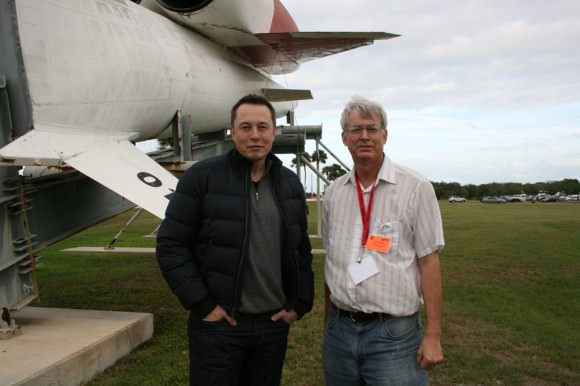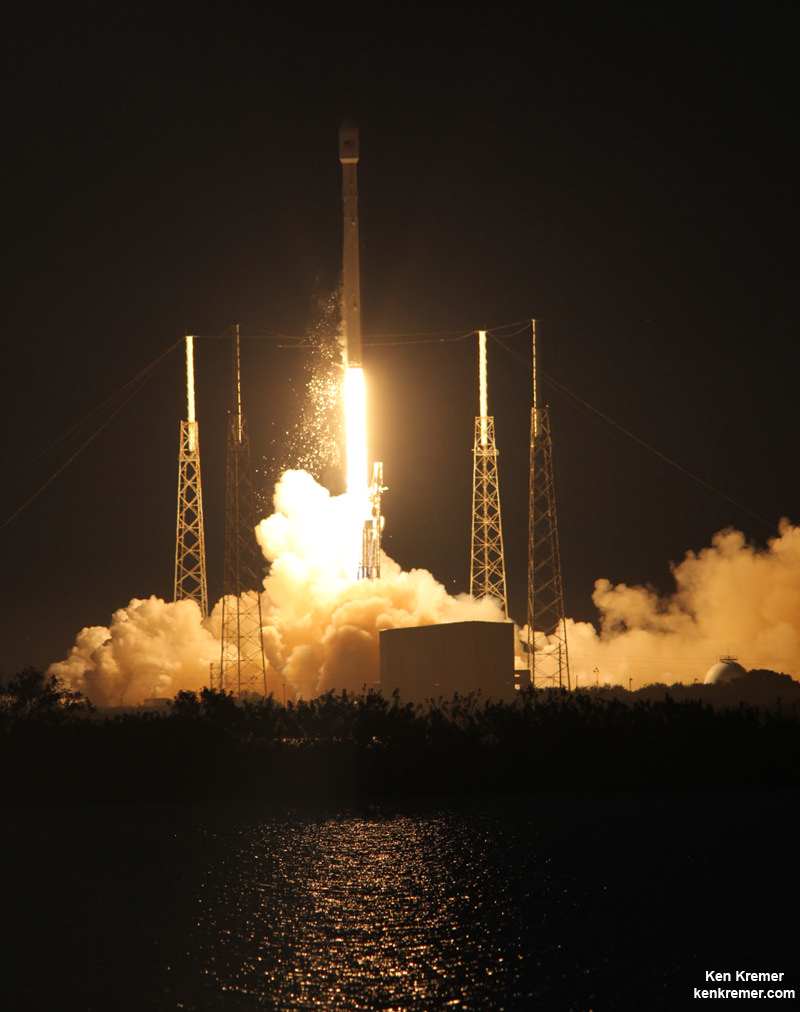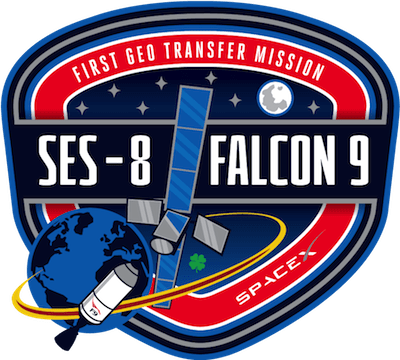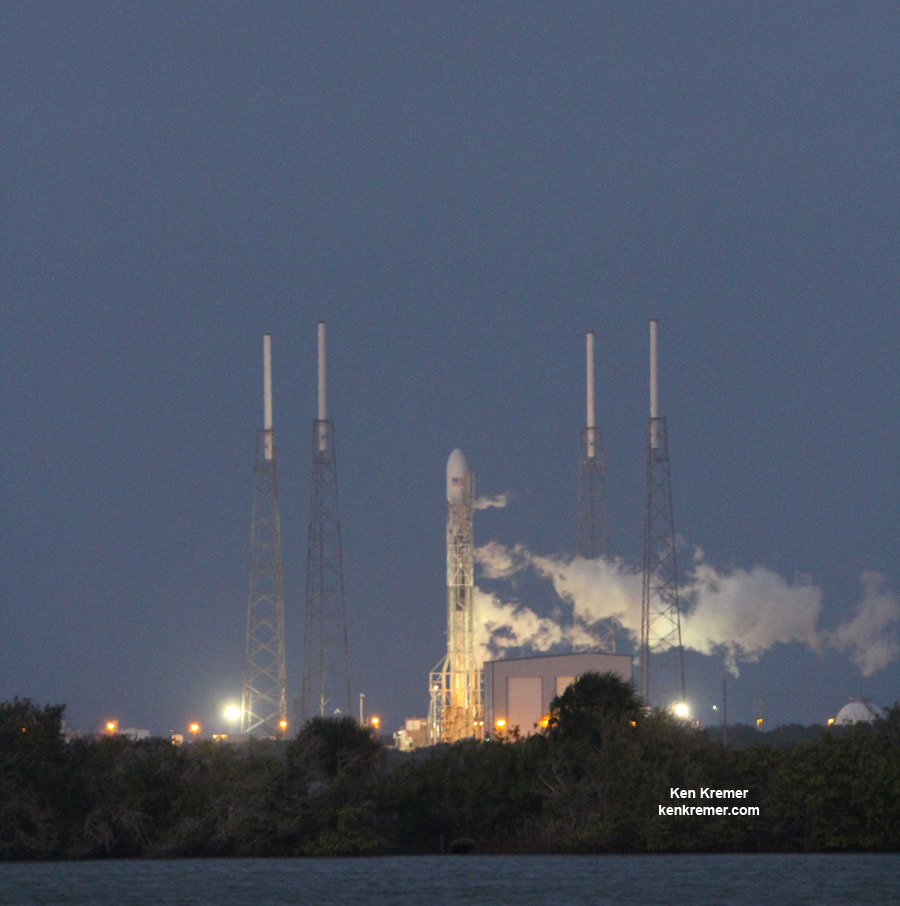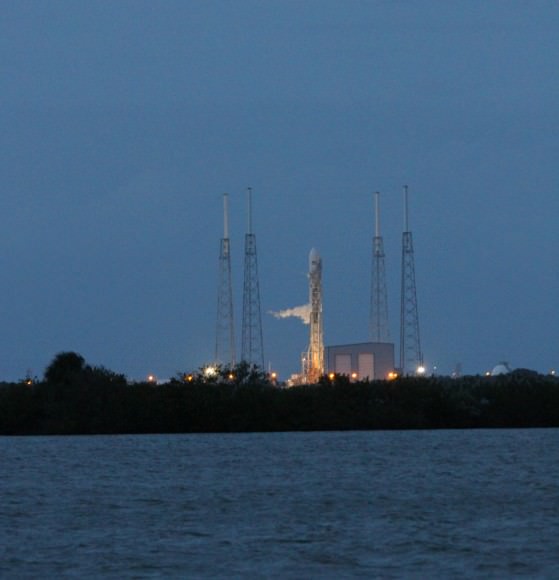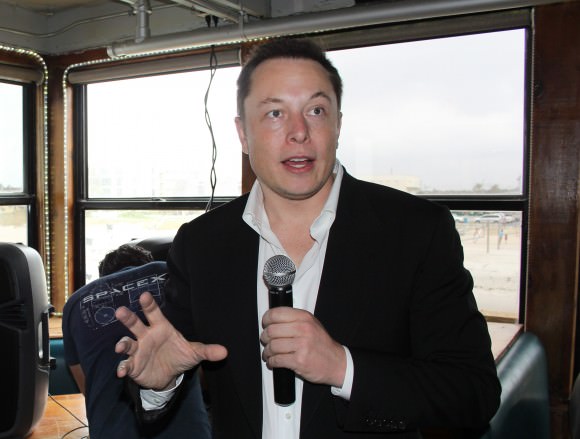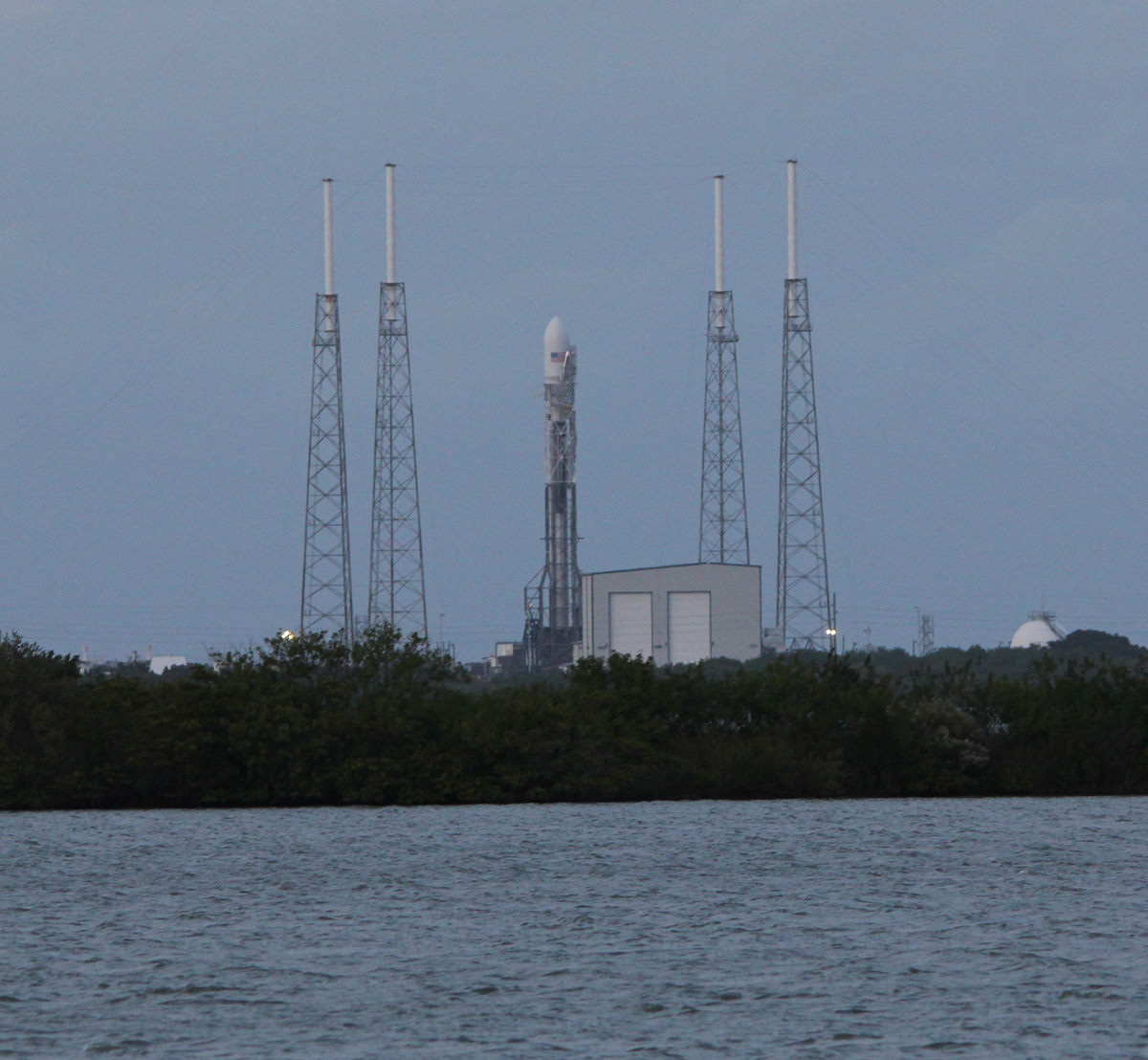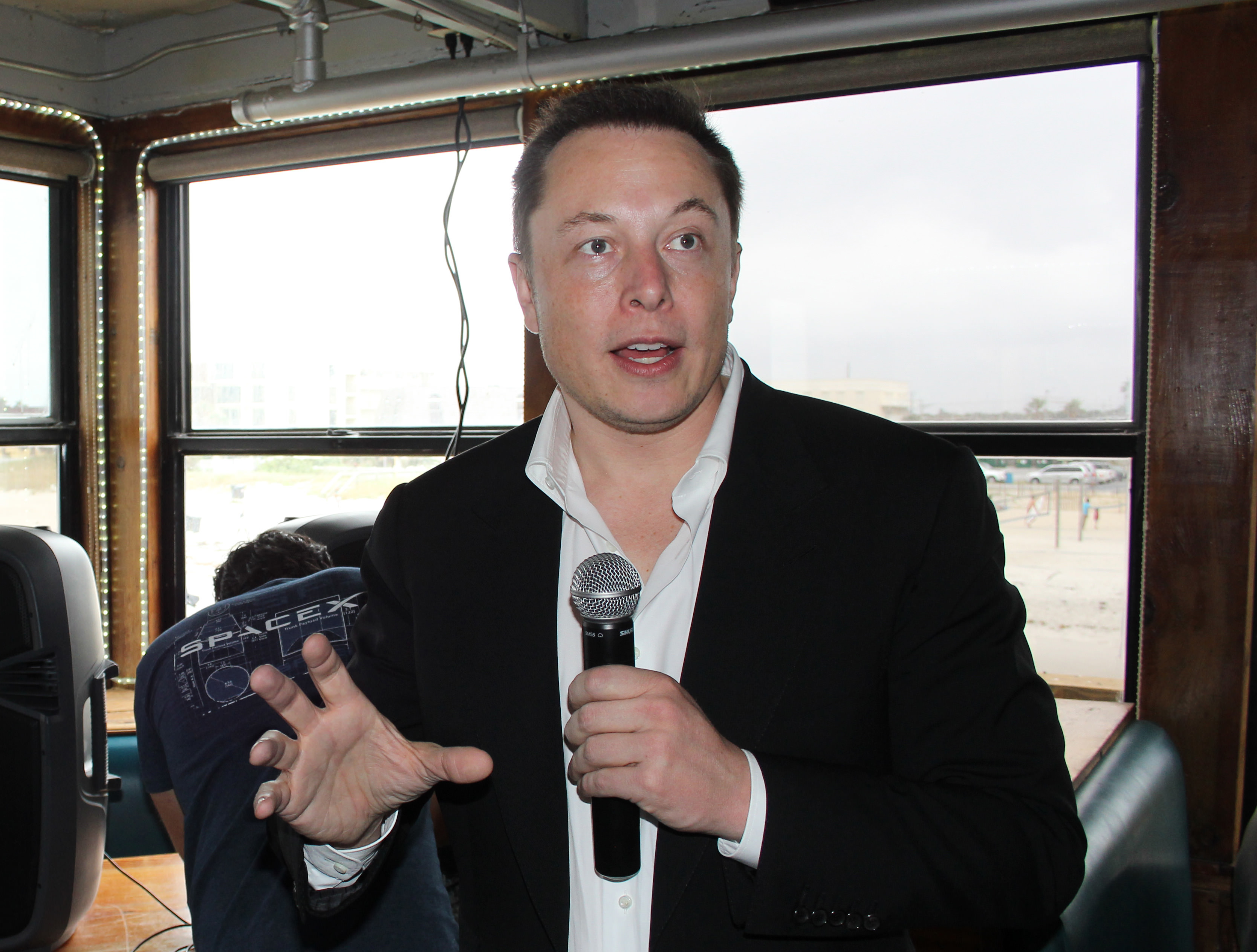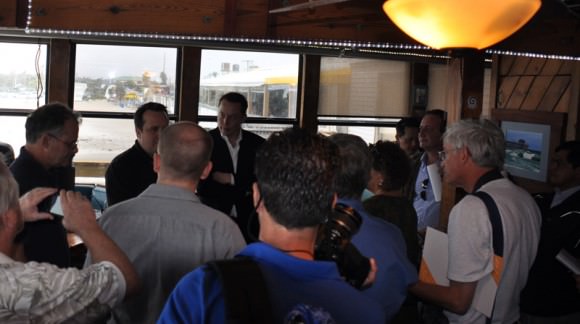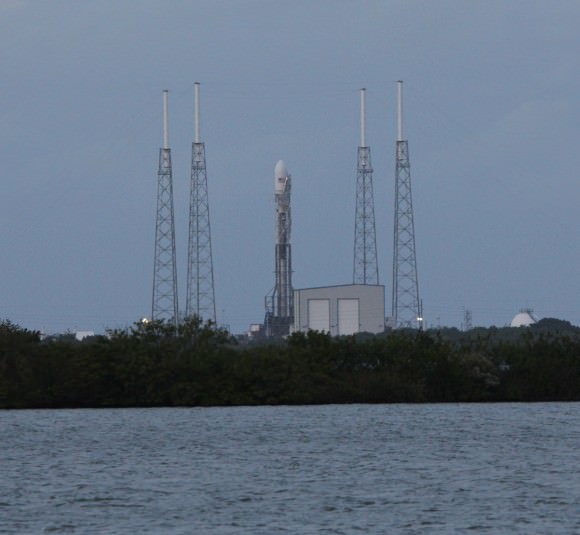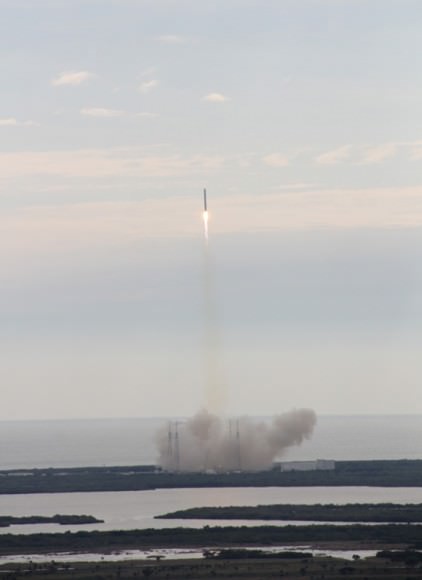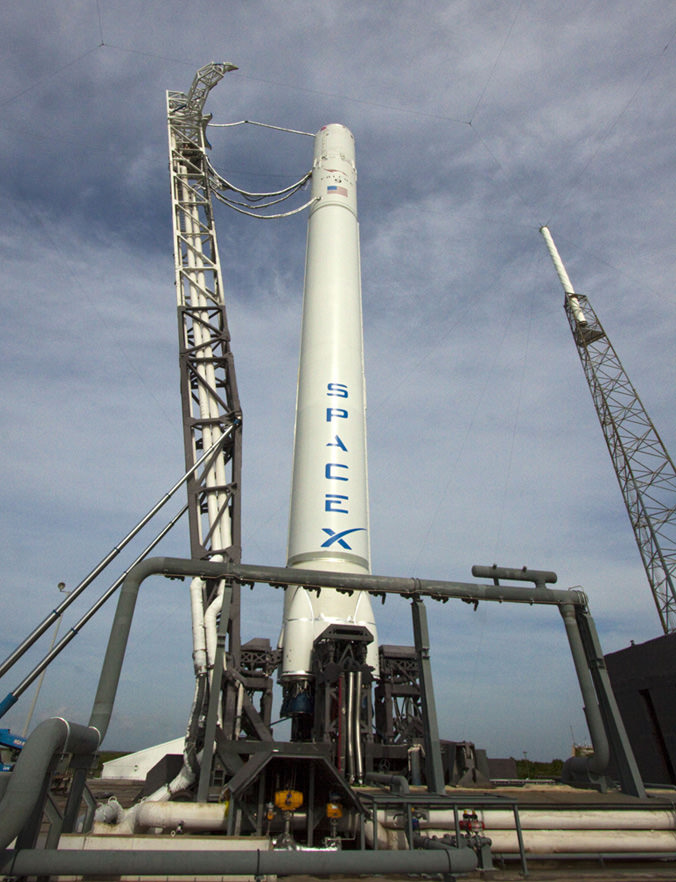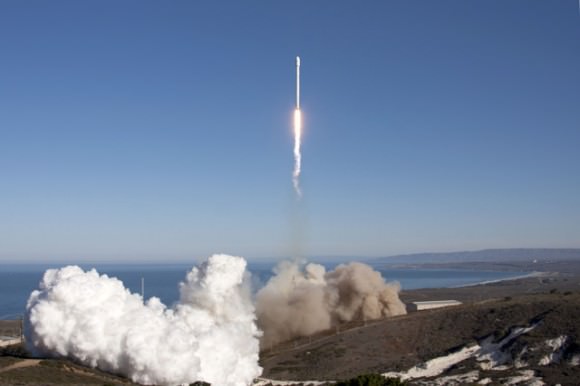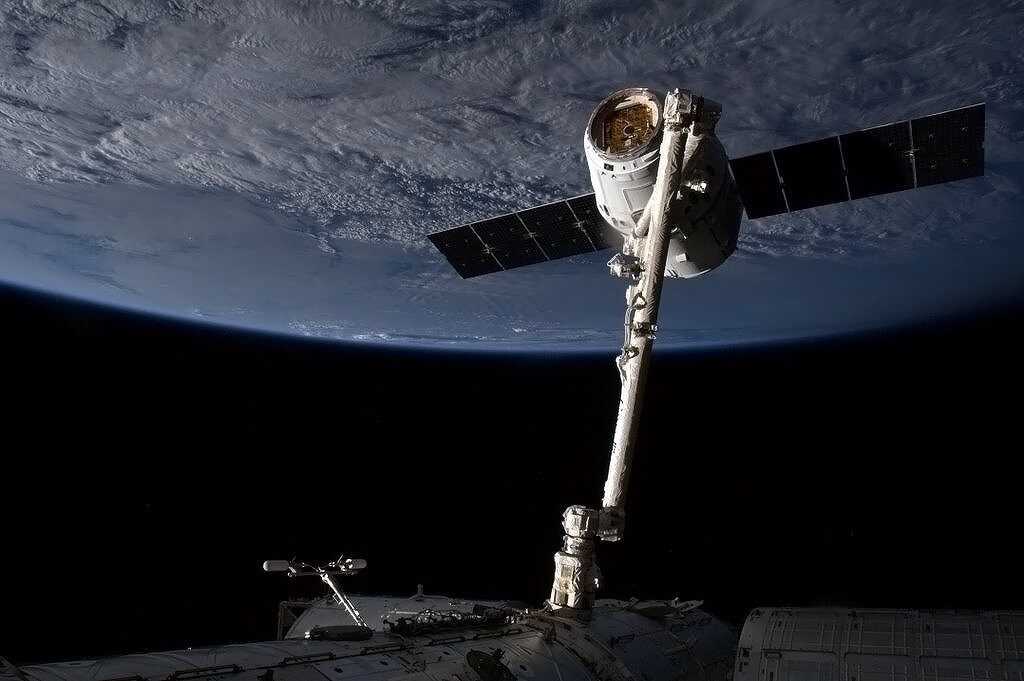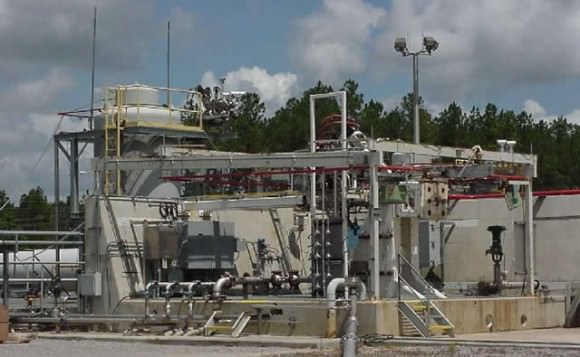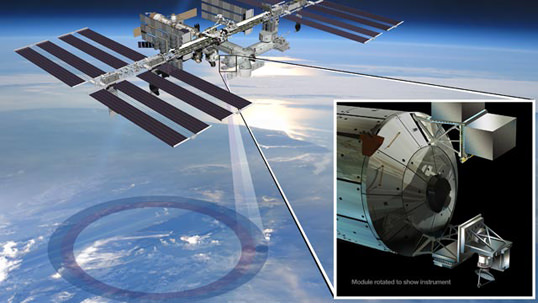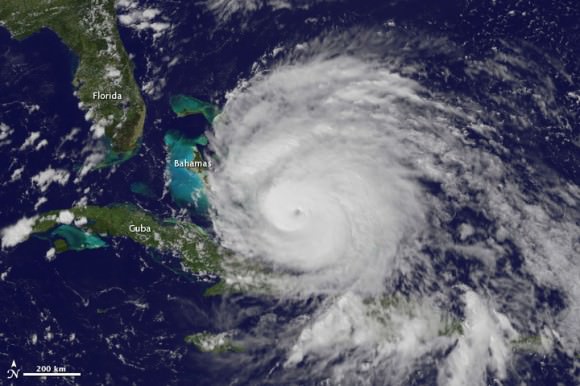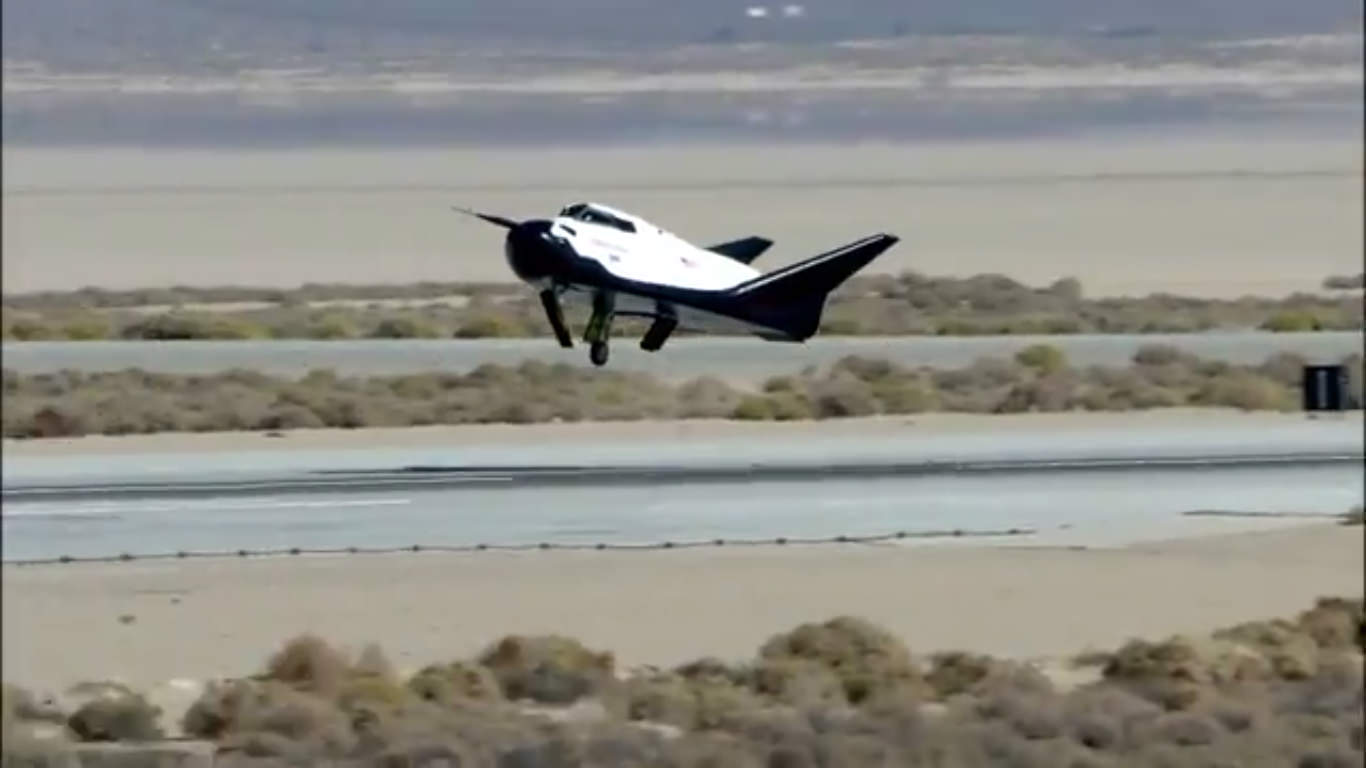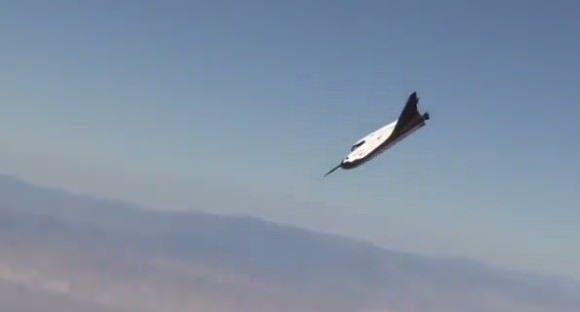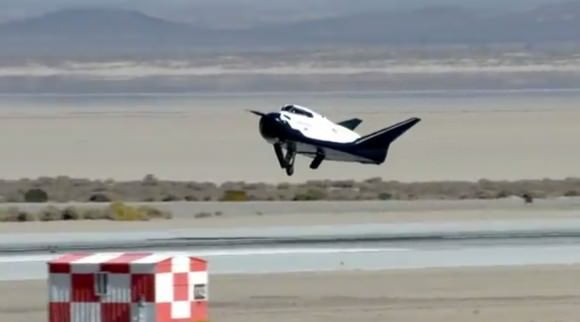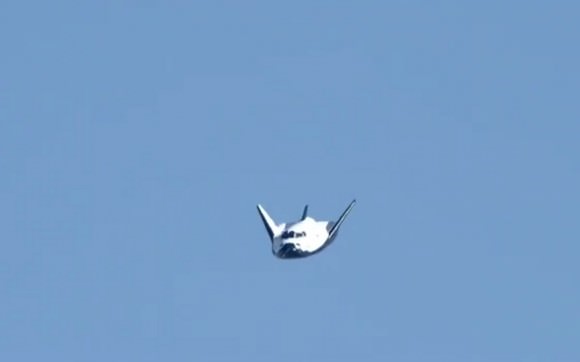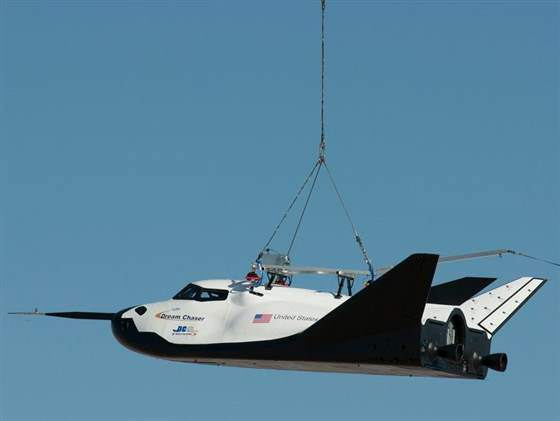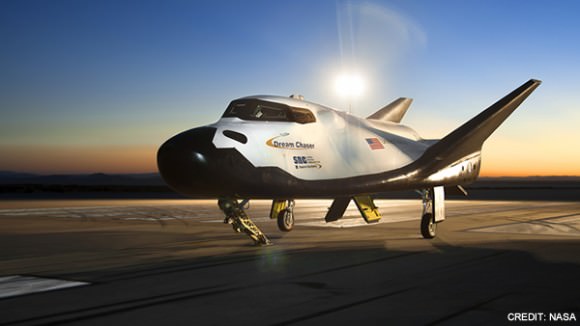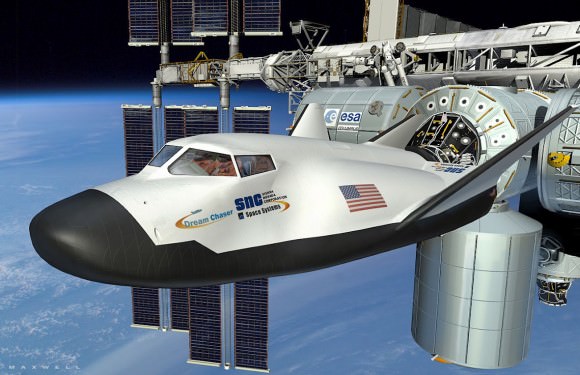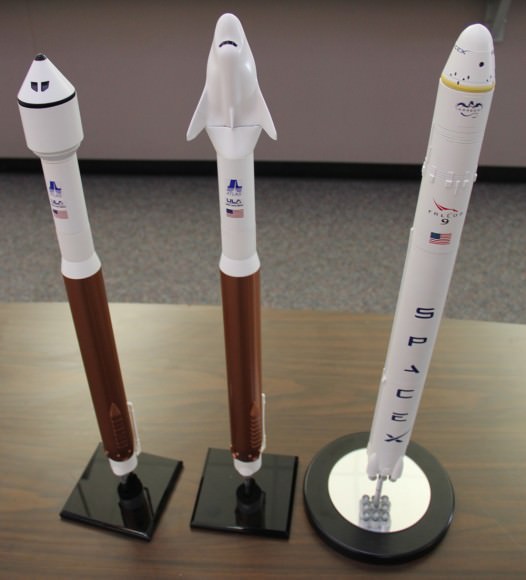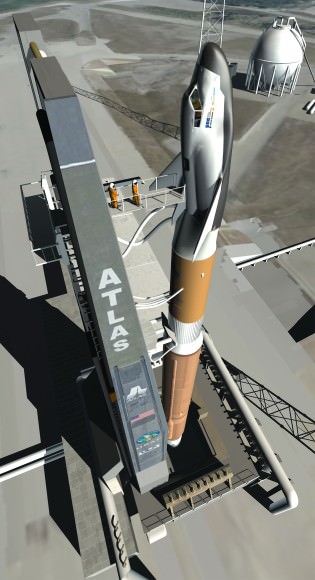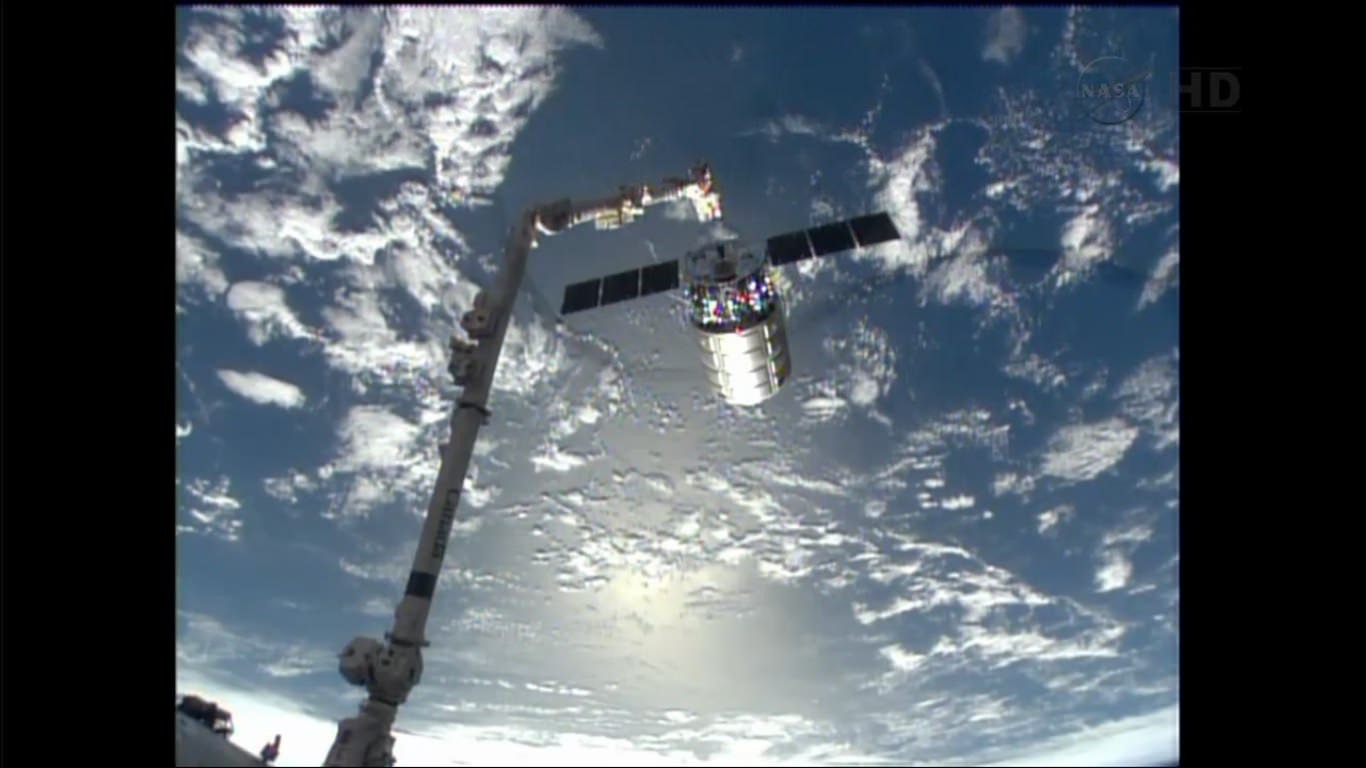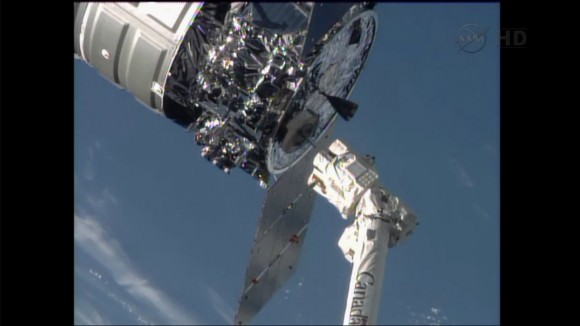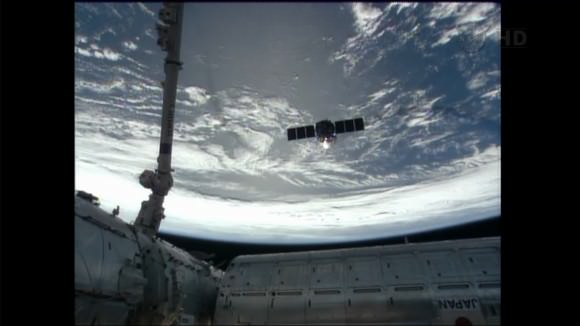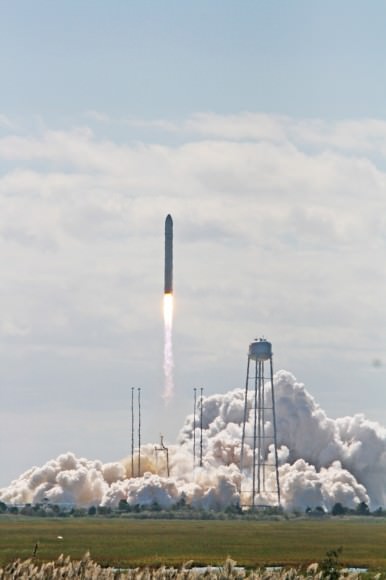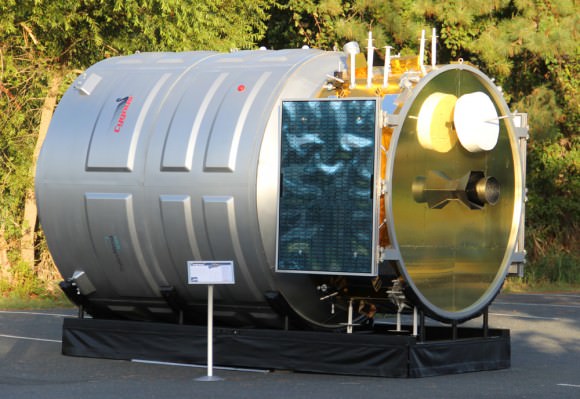CAPE CANAVERAL AIR FORCE STATION, FL – SpaceX scored a spectacular launch success this evening (Dec. 3 ) when the maiden flight of their upgraded Falcon 9 rocket from Florida scorched the sky of the Florida Space Coast and successfully delivered a commercial space satellite to geostationary orbit for the first time ever – thereby revolutionizing the commercial space industry from this day forward.
The third time was finally the charm as the Falcon 9 blasted off precisely on time at 5:41 p.m. EST from Launch Complex 40 at Cape Canaveral following a pair of launch scrubs last week on Nov. 25 and Thanksgiving Day Nov. 28 caused by technical problems with the first stage engine.
The booster thundered off the pad and pierced the completely cloud free evening sky soon after sunset as the blistering roar rumbled deafeningly all across the space coast viewing area.
The rocket exhaust plume was easily visible for several minutes after liftoff of the historic mission.
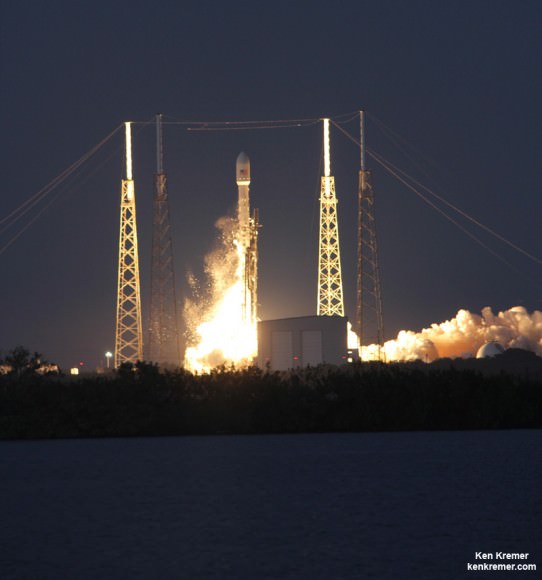
The 3,138 kg (6,918 lbs) SES-8 satellite was built by Orbital Sciences for SES and is a hybrid Ku- and Ka-band spacecraft that will provide TV and communications coverage for the South Asia and Asia Pacific regions.
This new version of the Falcon 9 rocket has nearly 50% more thrust compared to the original Falcon 9.
The stakes could not have been higher for the future of SpaceX.
The firms future launch manifest of more than 50 flights for NASA and a variety of commercial entities worth billions of dollars were riding on the success of tonight’s liftoff from Cape Canaveral Air Force Station, Florida.
With 54 satellites in orbit SES is one of the largest commercial telecommunications satellite operators in the world.
The next generation Falcon 9 rocket injected the SES-8 telecommunications to its targeted geostationary transfer orbit flying 295 x 80,000 km above Earth.
A restart of the second stage engine was absolutely essential to the success of the mission since a failure to ignite would have doomed the SES-8 satellite from reaching is desired orbit since it’s a requirement for all geostationary transfer missions.
The picture-perfect flight met 100% of the mission objectives, SpaceX said in a post-launch statement.
“The successful insertion of the SES-8 satellite confirms the upgraded Falcon 9 launch vehicle delivers to the industry’s highest performance standards,” said Elon Musk, CEO and Chief Designer of SpaceX.
“As always, SpaceX remains committed to delivering the safest, most reliable launch vehicles on the market today. We appreciate SES’s early confidence in SpaceX and look forward to launching additional SES satellites in the years to come.”
Today’s launch marked SpaceX’s first commercial launch from Florida as well as the first commercial flight from Cape Canaveral Air Force Station in over five years.
Satellite operators have booked their commercial launches with other rocket companies overseas due to the high cost of other American expendable rockets.
SpaceX’s entire corporate aim has been to significantly cut the high cost of access to space.
“This is really rocking the industry. Everybody has to look out,” said Martin Halliwell, SES chief technical officer, at the prelaunch meeting with reporters including Universe Today.
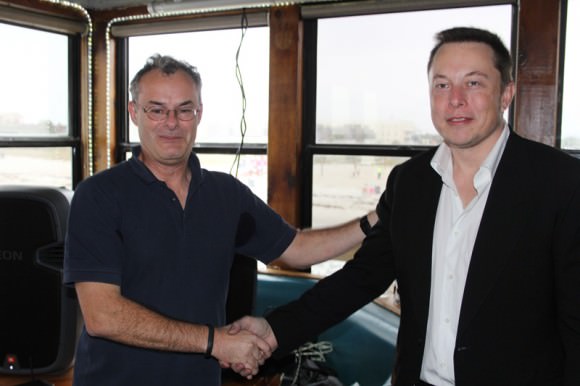
With today’s SpaceX is sure to sign even more contracts bringing additional commercial telecommunications satellite space launches back to American soil.
Approximately 185 seconds into flight, the Falcon 9’s second stage equipped with a single Merlin 1-D engine ignited.
It burned for five minutes and 20 seconds to inject SES-8 satellite into its initial parking orbit.
Eighteen minutes later the second stage engine relit for a second time and fired for just over one minute to deliver SES-8 satellite to its final geostationary transfer orbit.
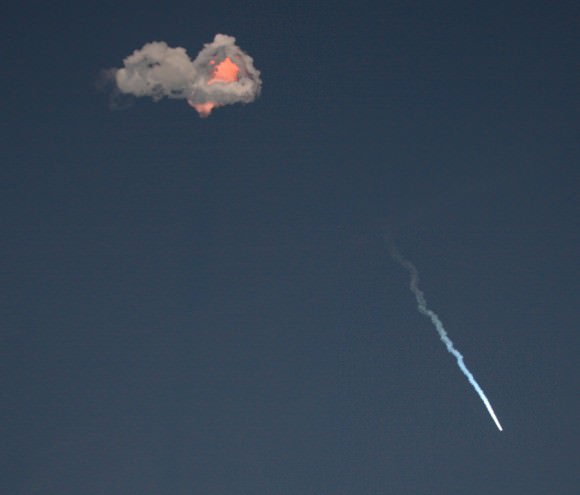
This extra powerful new version of the Falcon 9 dubbed v1.1 is powered by a cluster of nine of SpaceX’s new Merlin 1D engines that are about 50% more powerful compared to the standard Merlin 1C engines. The nine Merlin 1D engines 1.3 million pounds of thrust at sea level rises to 1.5 million pounds as the rocket climbs to orbit.
The Merlin 1 D engines are arrayed in an octaweb layout for improved efficiency.
Therefore the upgraded Falcon 9 can boost a much heavier cargo load to the ISS, low Earth orbit, geostationary orbit and beyond.
The next generation Falcon 9 is a monster. It measures 224 feet tall and is 12 feet in diameter. That compares to a 130 foot tall rocket for the original Falcon 9.
Stay tuned here for continuing SpaceX & MAVEN news and Ken’s SpaceX launch reports from on site at Cape Canaveral & the Kennedy Space Center press site.
…………….
Learn more about SpaceX, MAVEN, MOM, Mars rovers, Orion and more at Ken’s upcoming presentations
Dec 3/4: “SpaceX launch, MAVEN Mars Launch and Curiosity Explores Mars, Orion and NASA’s Future”, Kennedy Space Center Quality Inn, Titusville, FL, 8 PM
Dec 11: “Curiosity, MAVEN and the Search for Life on Mars”, “LADEE & Antares ISS Launches from Virginia”, Rittenhouse Astronomical Society, Franklin Institute, Phila, PA, 8 PM
